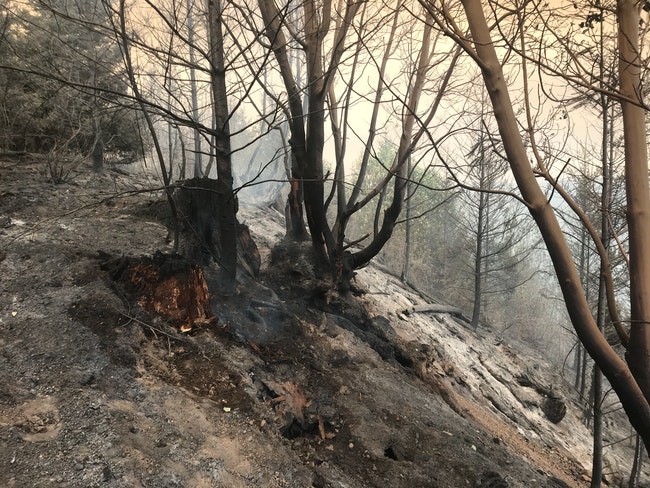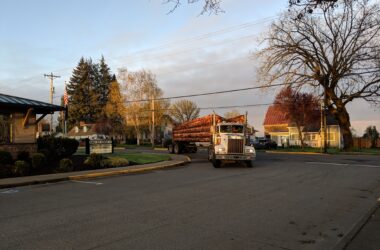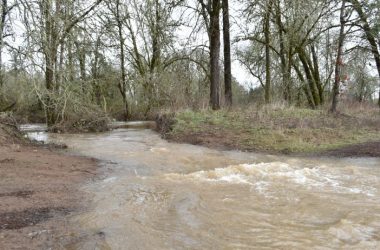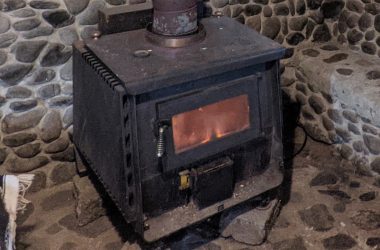 Burned trees at the Powerline Fire near Hagg Lake. Photo: FGF&R
Burned trees at the Powerline Fire near Hagg Lake. Photo: FGF&R
The Oregon Department of Forestry says demand is unprecedented for forest tree seedlings following the 2020 Oregon wildfires, creating difficulties for reforestation with as many as 140 million seedlings needed to replace what the fires consumed.
Kyle Abraham, chief of ODF’s private forests division, cited three factors limiting the availability of seedlings — labor shortages, the financial risk that comes with the shelf life of lifting seedlings from a nursery, and that few nurseries specialize in forest species in significant-enough quantities to meet demand.
“Seedings were already in short supply,” Abraham said. “Now, rough estimates are that somewhere between 80 and 140 million additional seedlings could be needed to reforest just the non-federal lands that burned in 2020.”
Trees also grow only from appropriate seeds adapted to the area where they’ll be planted, which generally takes about two years, and seed inventories before the fires were low, to begin with.
Helping inexperienced small acreage landowners
ODF facilitated the creation of a group consisting of representatives from state and federal land management agencies, the nursery and forest industries, OSU Extension, and private nonprofits to provide options.
Options for acquiring or growing seedlings for smaller landowners, for examining how to increase the capacity of nurseries throughout Oregon, and for developing an organizational structure to collect and batch seedling orders, and to help those landowners with logistics for transporting and storing their orders.
The Oregon State University Extension Service and the Oregon Small Woodlands Association also surveyed landowners about their seedling needs and as a group it turns out they need about 3.5 million trees to fully reforest.
Abraham said many landowners with smaller acreages need help finding the right seedlings for their property’s location — for instance, the seedlings planted today will grow and mature in climate conditions that will be different in just two years due to climate change — and that they should contact ODF for help.
“Our goal is to help landowners reforest,” Abraham said. “We are being realistic about how feasible that is under the circumstances. It’s more important than ever to get the right species of tree from the right seed source, planted in the right place,” Abraham said. “Landowners should carefully consider what species are likely to do well at the elevation and sun exposure where they will be planted. Resources include ODF foresters, local OSU Forestry Extension specialists, and online seed lot selection tools, among others.”
ODF also offered to supply landowners with a list of approved contractors who will plant their seedlings.
However, the agency wants landowners to coordinate and work with a single contractor they all employ “to help implement site preparation, planting, and maintenance for family forest landowners,” an ODF news release says.
“I encourage landowners to reach out to forestry professionals, neighbors, and associations of woodland owners to identify resources and get answers for successful reforestation,” Abraham said.






